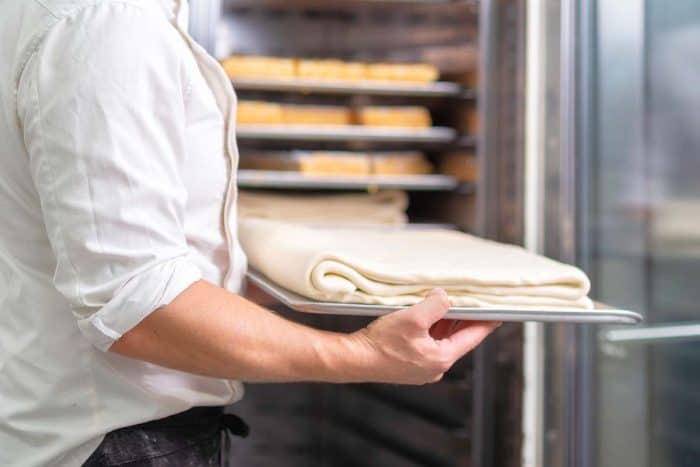Keeping things cool takes a lot of energy. Worldwide, refrigeration uses about a fifth of all energy consumed, so it makes sense to look at how your business could save some of that energy.
Regular Servicing
Simple maintenance can go a long way towards keeping energy bills down, so do ensure that you schedule in regular servicing. Not only will efficient, well maintained equipment use less energy, but it is also likely to work longer. Commercial refrigeration maintenance is also easier on the wallet than refrigeration repairs and new parts!
Top Tips
Perform regular, basic tasks in house; keep condenser parts clean and de-grease them when necessary. Inspect them for wear and damage as you clean. Make regular cleaning of all parts and all equipment a routine activity.
Keep door seals in good condition and replace them before wear becomes damage. Energy will flood out of doors that don’t close properly as the machine works harder to keep temperatures constant. If doors are automatic, check that they are working correctly.
In addition to your own checks, it is important to have regular servicing from qualified engineers, too. The Health & Safety Executive has produced a guide that outlines what service engineers should be covering.
Experts suggest that regular preventative maintenance can reduce energy consumption, and therefore operating costs, by as much as 20 per cent. Of course, starting with efficient equipment will also make a major difference, so do ensure that you buy from specialist suppliers who have a wide range of equipment and plenty of experience to help you choose the right appliances for your business.
There is now an EU ban on the sale of equipment containing fluorinated greenhouse gas (F gas). More details can be found on the Government website.
Understanding The process
The basics of the mechanical vapour-compression system of refrigeration are fairly straightforward. There are several key elements; a compressor, a condenser, an expansion device and an evaporator. The refrigerant fluid flows around the system in a closed loop. The fluids change from liquid to gas at lower temperatures than water, making them perfectly suited to these roles.
Keeping things cool in this fashion depends upon pressure changes and many systems will have a high pressure zone and one of low pressure. In a cooling system, the refrigerant fluid is just above 0°C. As the fluid enters the evaporator, it cools the copper tube and a fan blows air across ‘fins’ that remove heat from the air so the temperature in the space is lowered. The heat that is ‘removed’ is then conducted through the metal where it is absorbed by the refrigerant, and it changes from a liquid into gas form.
In order to cool more, the gas must become liquid again once the heat has gone. It is the condenser that outputs the heat into the wider environment, working in a similar way to the evaporators, but in reverse.
Although somewhat simplified, this description shows just how important it is to keep everything in good working order, and how easy it is for parts to start working below optimum efficiency.

